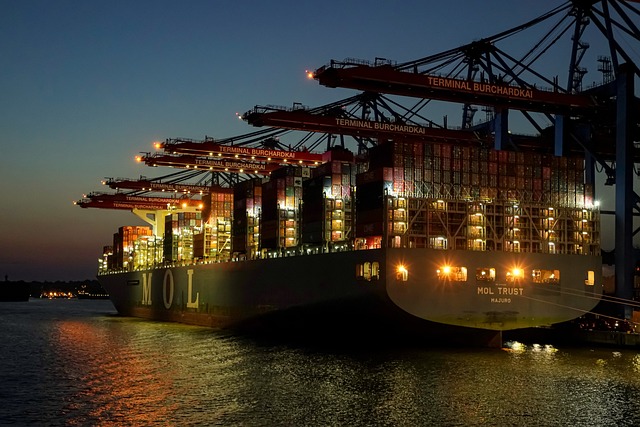
Supply Chain Optimization
Third-party monitoring (TPM) is a vital service offered by HornBridge Research and Consultancy, providing independent oversight and evaluation of projects or programs on behalf of stakeholders, donors, or implementing agencies
How We Provide Supply Chain Optimization Services
Current State Assessment
We start by conducting a comprehensive assessment of the client's existing supply chain operations. This includes mapping out the entire supply chain network, identifying key processes, stakeholders, and pain points, and analyzing performance metrics such as lead times, inventory levels, and transportation costs.
Data Collection and Analysis
We gather relevant data on supply chain performance, including demand forecasts, inventory levels, production schedules, transportation routes, and supplier performance metrics. We use advanced analytical tools and techniques to analyze this data and identify opportunities for improvement and optimization.
Strategic Planning
Based on the findings of the assessment and data analysis, we develop a customized supply chain optimization strategy aligned with the client's business goals and objectives. This strategy may include initiatives such as inventory optimization, network redesign, supplier rationalization, and transportation route optimization.
Technology Integration
We leverage technology solutions such as supply chain management (SCM) software, advanced analytics, and automation tools to optimize supply chain processes and improve decision-making. We help clients select and implement the right technology solutions to support their optimization efforts.
Supplier Collaboration and Relationship Management
We work closely with suppliers and other supply chain partners to improve collaboration, communication, and coordination across the supply chain network. This may involve implementing vendor-managed inventory (VMI) programs, supplier scorecards, and collaborative forecasting and planning processes.
Inventory Management
We develop inventory management strategies to optimize inventory levels, reduce stockouts and excess inventory, and improve cash flow. This may include implementing just-in-time (JIT) inventory systems, safety stock optimization, and demand forecasting techniques.
Logistics and Transportation Optimization
We analyze transportation routes, modes, and carriers to optimize transportation costs, minimize lead times, and improve delivery reliability. This may involve consolidating shipments, optimizing delivery schedules, and leveraging transportation management systems (TMS) for real-time visibility and control.
Continuous Improvement and Monitoring
We establish metrics and key performance indicators (KPIs) to monitor the effectiveness of supply chain optimization initiatives. We conduct regular reviews and performance evaluations to identify areas for further improvement and ensure ongoing optimization of the supply chain.
Capacity Building and Training
We offer capacity-building initiatives and training programs to empower supply chain teams with the knowledge, skills, and tools needed to sustain and continuously improve supply chain optimization efforts. This may include training in supply chain management best practices, analytics, and technology adoption.

